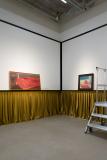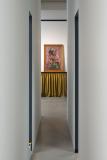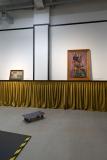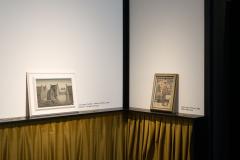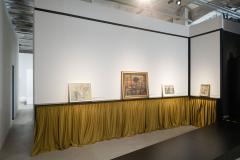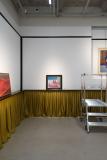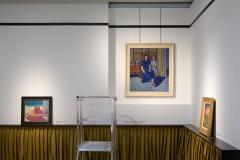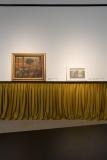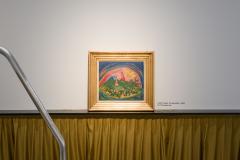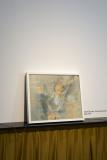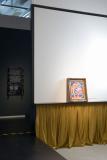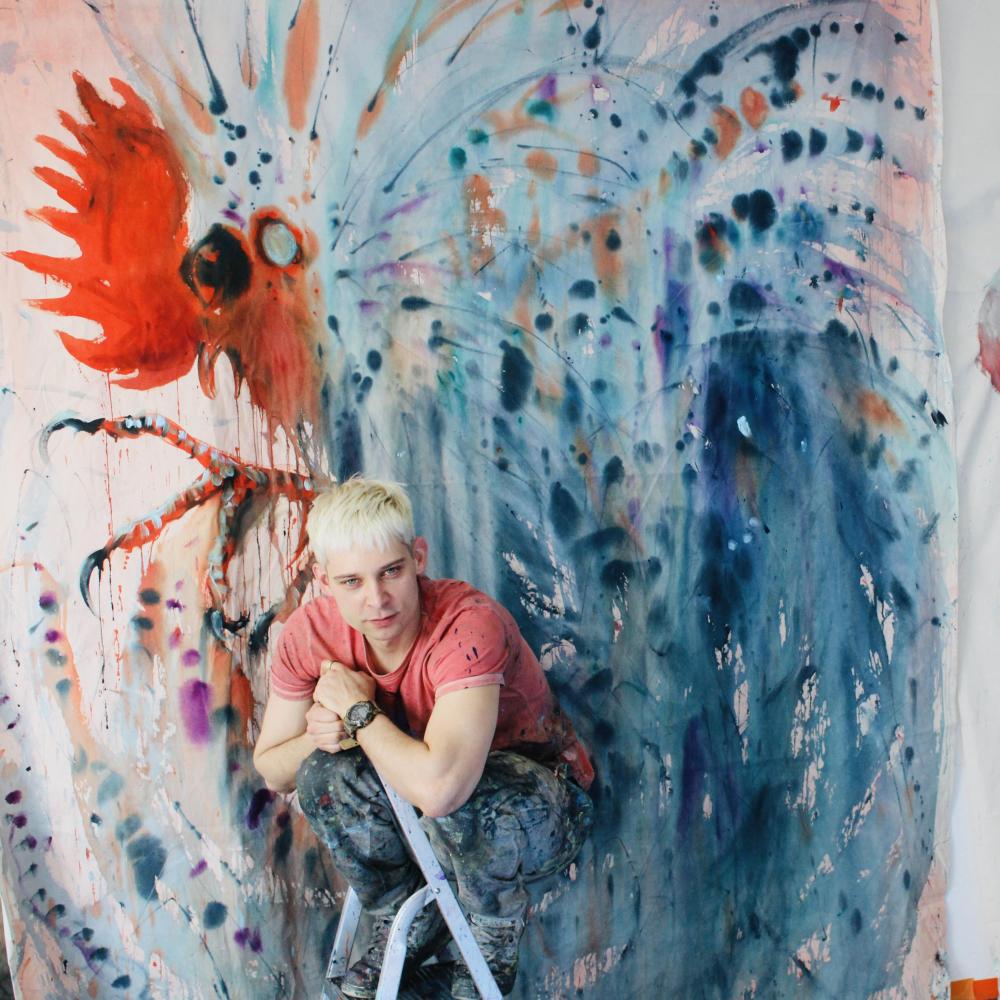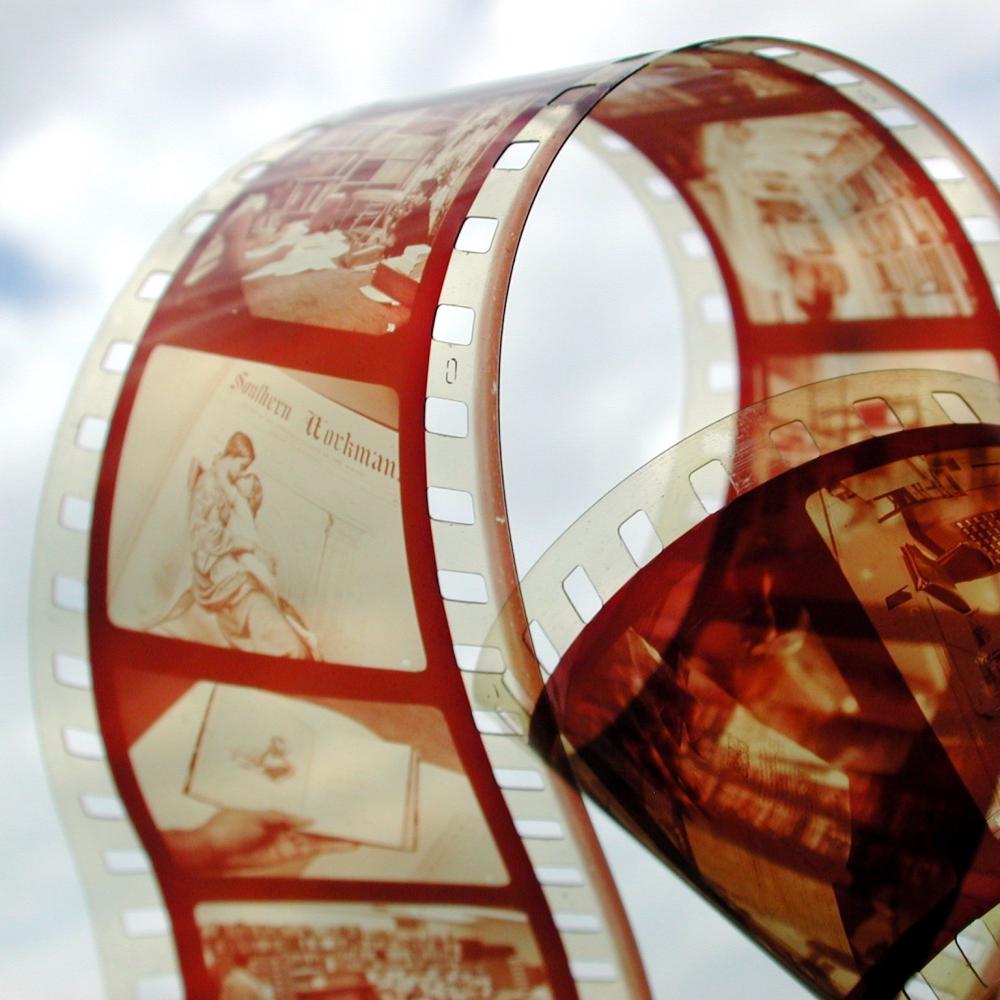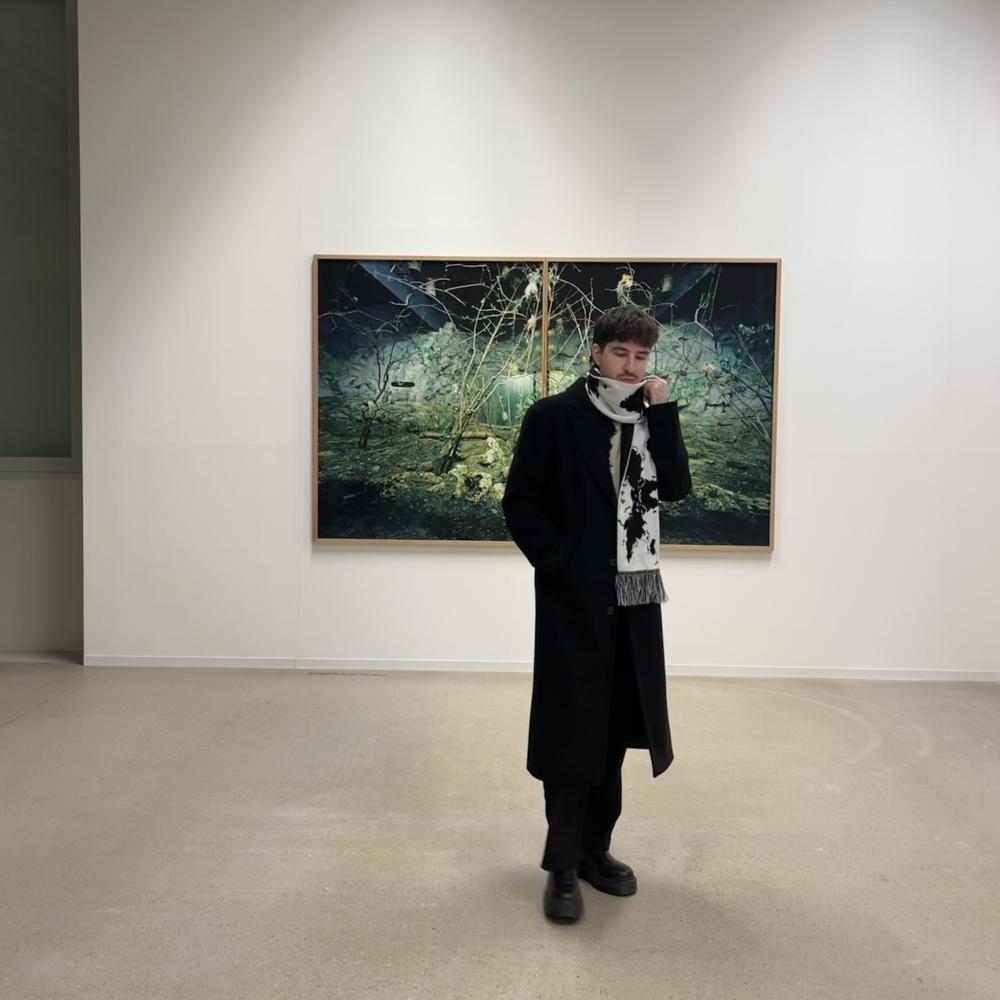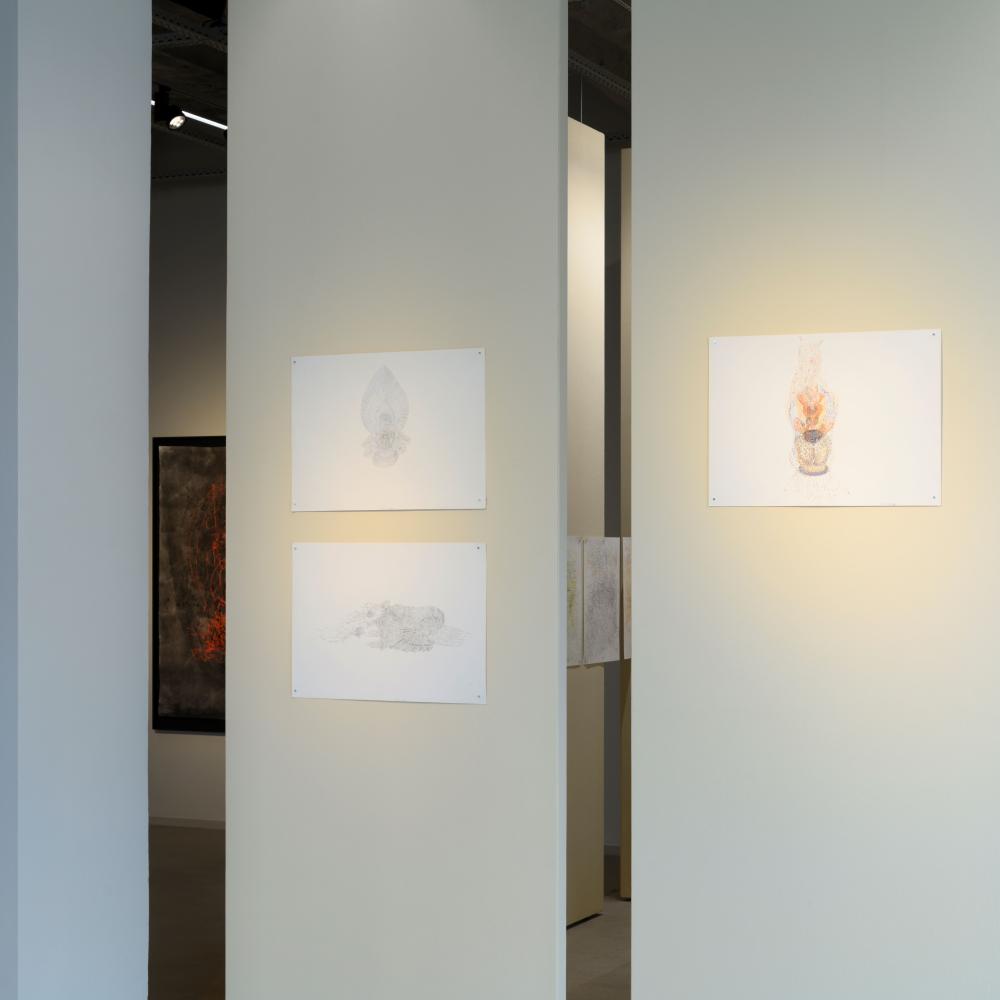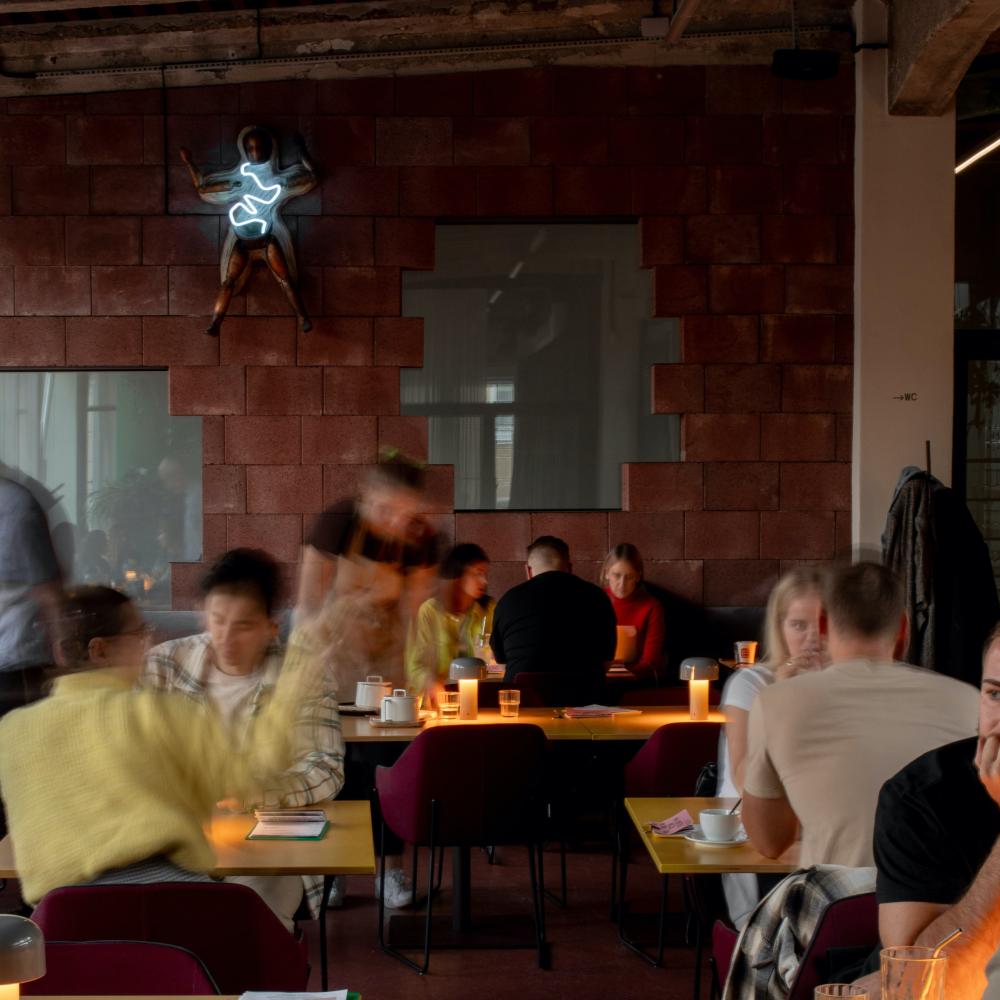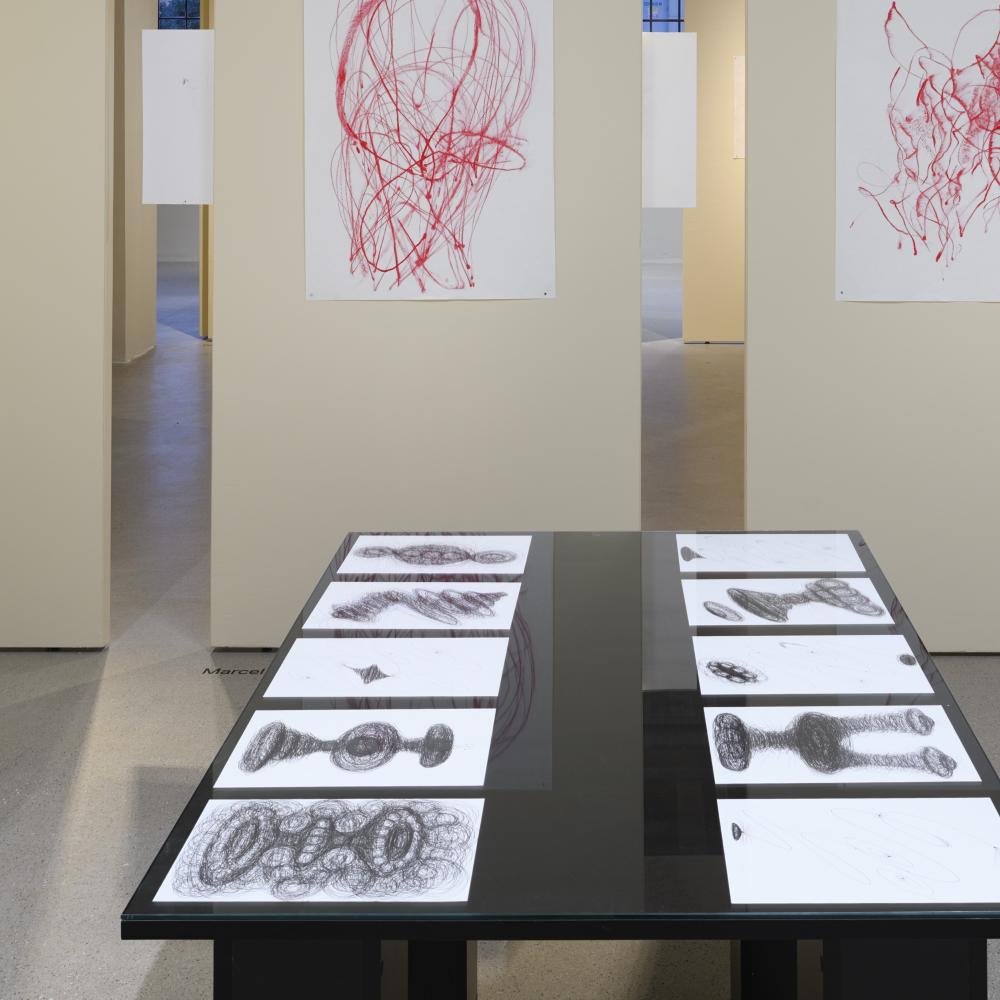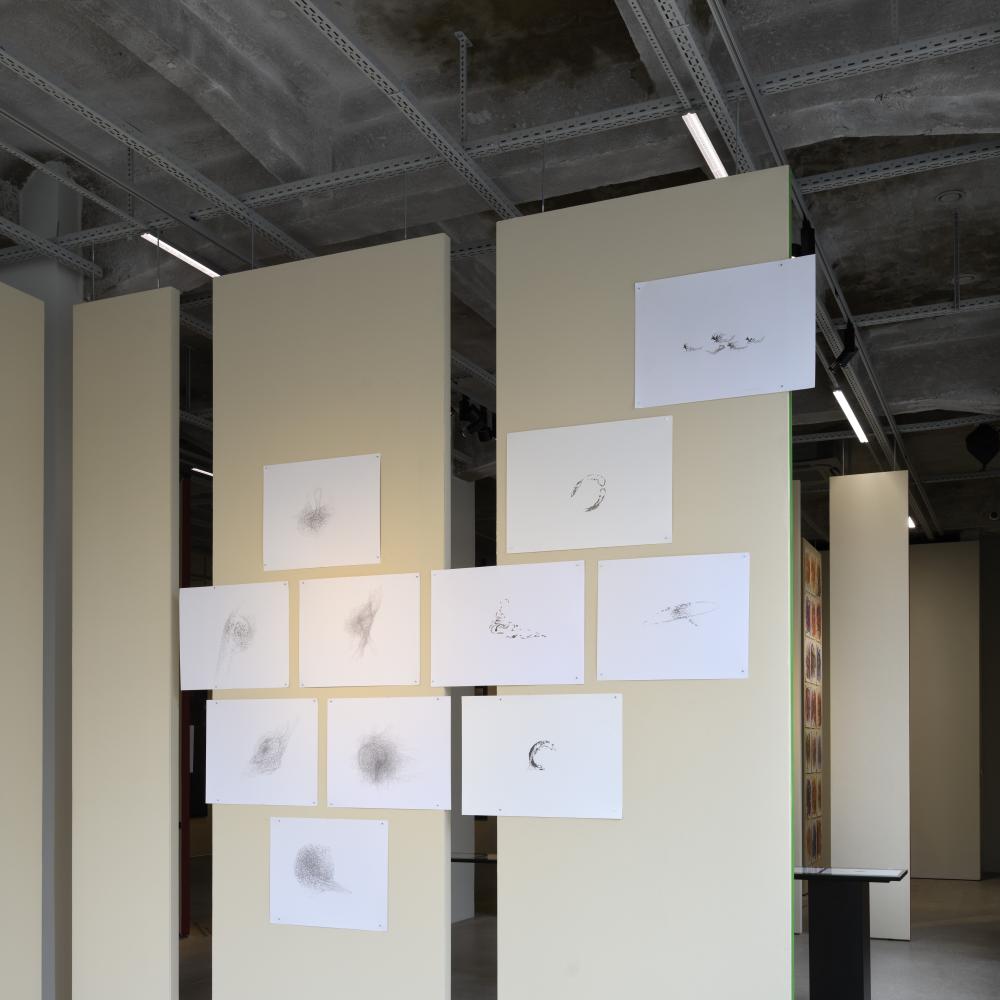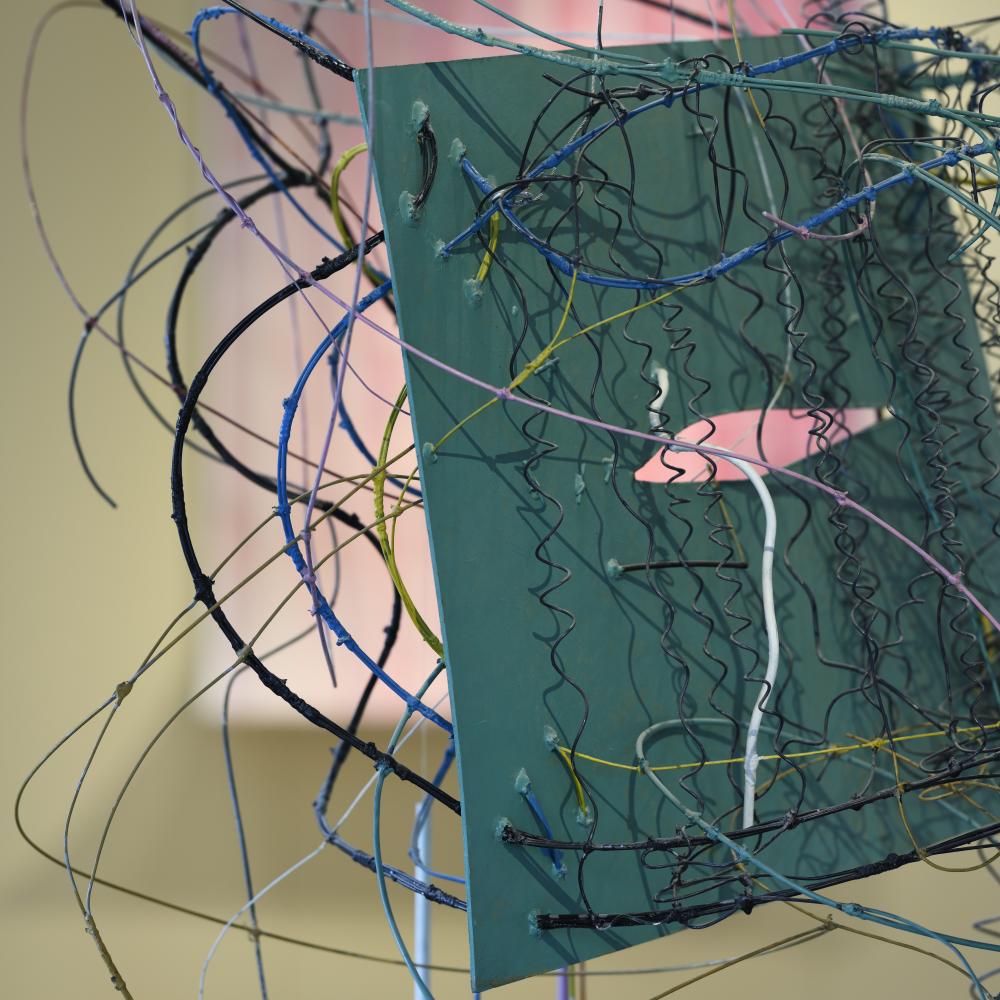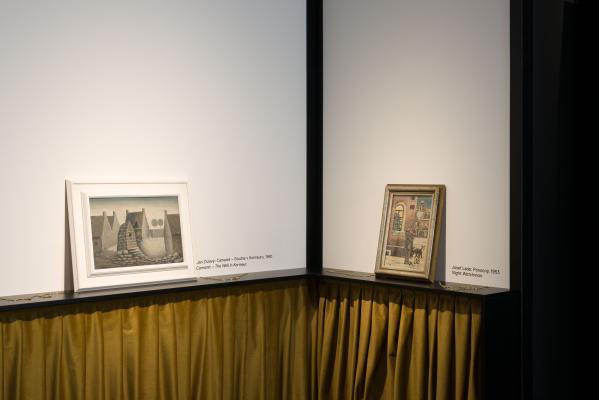
Into the second room of the exhibition Signal III, poetically titled "The Constellation of Life", we are drawn down a ramp - one of the many intriguing architectural features of Mark Thera's head - as if to represent a rapid entry into the twentieth century, when artistic movements began to change in rapid succession. In this room, too, we can observe the stylistic diversity of Czech artists of the first half of the twentieth century, but these tendencies are still classical, not avant-garde. However, this diversity is united into one whole by the idea of curator David Voda - it is the "Praise of earthiness" to which Czech art after 1900 naturally gravitated. David Voda describes the specificity of Czech art: "The celebration of life, the loveliness of home, but also pragmatism combined with the hedonism of everyday life and the resistance to big ideas - attributes of a small, emancipating European nation that undergoes history rather than creates it. A celebration of everyday life, captured realistically and with an emphasis on the social, humane dimension - this is what the Czechs have always done best. This is evidenced by the paintings on display here, such as Václav Špála's Villager, Josef Lada's Night Watchman or Ferryman next to the Mánes by Pravoslav Kotík, who devoted a significant part of his work to social themes. These simple figures carry a quiet dignity of the everyday that many Czech artists have tried to highlight in their works.
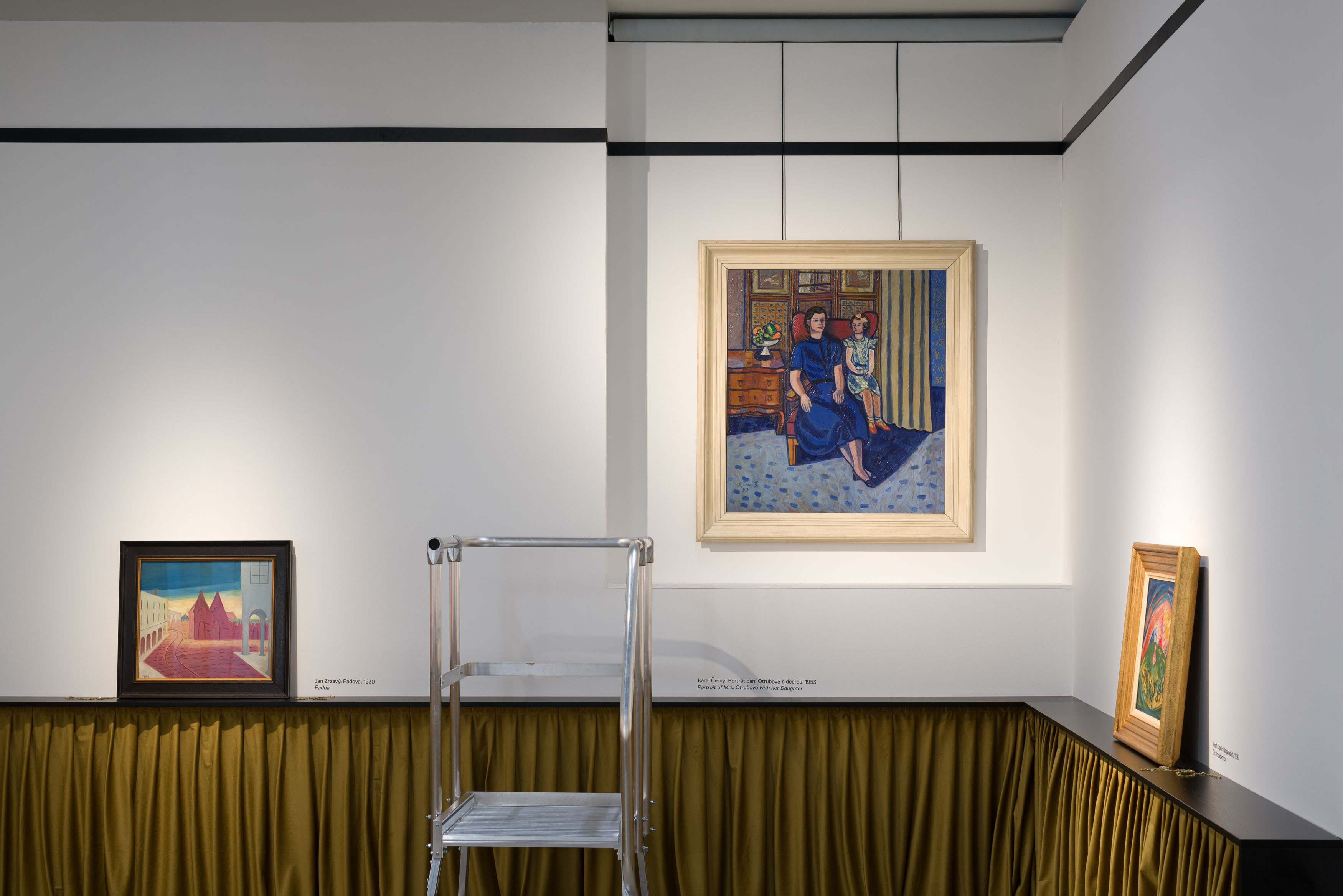
The optimistic entry of Czech art into the 20th century was channeled by architect Mark Ther when he gave the room the atmosphere of a "noble" Viennese classical salon with elements of late geometric Art Nouveau - golden curtains lining the entire room, golden chains that seem to protect the works with their presence and which also create a striking contrast to the paintings.
In such a unique space, we can let the works of Jan Zrzavý, Bohumír Matal, Jindřich Štýrský, Josef Čapek, Karel Černý, Otakar Nejedlý, Vlastimil Beneš and Václav Radimský influence us.
By Barbora Langová / Telegraph Gallery
Photo: Matěj Doležel
